Accelerator scientists at Jefferson Lab have used an enhanced topographic analysis toolkit they developed to show that it not only successfully predicts particle accelerator component performance, but also points toward even better surface treatments not yet tested on a large scale.
Tag: particle accelerator
Preventing Magnet Meltdowns Before They Can Start
High-temperature superconductor magnets have the potential to lower the costs of operating particle accelerators and enable powerful new technologies like fusion reactors. But quenches – the sudden, destructive events wherein a part of the material loses superconductivity – are a major barrier to their deployment.
Cabling for LHC Upgrade Wraps Up
Experts at Berkeley Lab finished winding more than 2000 kilometers of superconducting wire into cables for new magnets that will help upgrade the Large Hadron Collider and the search for new physics.
TAU Systems Upgrades University of Texas Tabletop Laser to a Peak Power of 40 Terawatts and Debuts its Particle Accelerator
AU Systems, the producer of ultrafast, compact laser-plasma accelerators, today announced the successful upgrade of the existing University of Texas Tabletop Terawatt Laser (UT3), to a new and improved performance for powering a compact particle accelerator.
Putting Particle Accelerator Cavities to the Test
Since it first went online more than 30 years ago, the Vertical Test Area at the U.S. Department of Energy’s Thomas Jefferson National Accelerator Facility has gotten used to superlatives. One of the biggest testbeds of its kind. The busiest. The most versatile.Now, the Vertical Test Area that was created to help build Jefferson Lab’s main particle accelerator has hit another milestone: In 2022, it conducted a mind-boggling 470 different superconducting radiofrequency accelerator cavity tests. In the rarified world of accelerators, that’s an Olympic-level achievement.
Fermilab successfully demonstrates new technique to improve particle beams
Scientists at America’s premier accelerator laboratory have successfully used a new technique, called optical stochastic cooling, to cool a particle beam and make it denser. The new method may enable future experiments to create more particle collisions. Denser particle beams provide researchers a better chance of exploring rare physics phenomena that help us understand our universe.
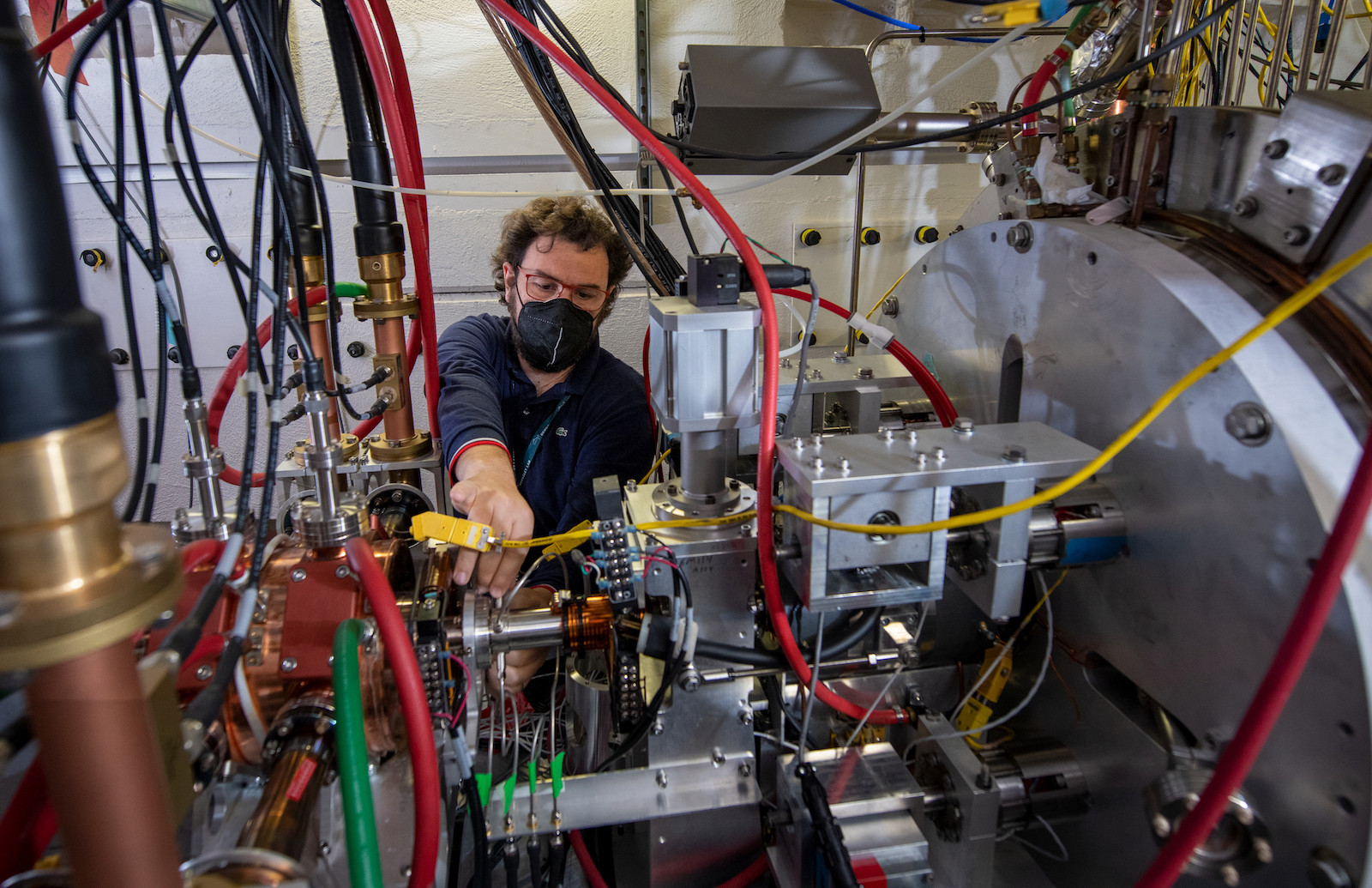
Machine Learning Paves Way for Smarter Particle Accelerators
Scientists have developed a new machine-learning platform that makes the algorithms that control particle beams and lasers smarter than ever before. Their work could help lead to the development of new and improved particle accelerators that will help scientists unlock the secrets of the subatomic world.
New accelerator at Fermilab approved for construction start
The Department of Energy has formally approved the start of full construction for the PIP-II project, an upgrade to the Fermilab accelerator complex that includes a new linear accelerator. PIP-II is an essential enhancement that will power the world’s most intense high-energy neutrino beam. It is the first particle accelerator built in the United States with significant contributions from international partners.
Energy Secretary Explores the Nature of Matter at Jefferson Lab
On Oct. 25, the U.S. Department of Energy’s Thomas Jefferson National Accelerator Facility welcomed U.S. Secretary of Energy Jennifer Granholm and honored guests for a short tour of the lab and briefing on its research mission and plans for the future.
Department of Energy Announces $17.5 Million for Particle Accelerators for Science & Society and Workforce Training
The U.S. Department of Energy (DOE) announced $17.5 million in funding for advanced research projects in particle accelerator science and technology as well as university-based traineeships that will build a diverse, skilled pipeline of American scientists and engineers in the fields of high energy physics accelerators and instrumentation.
Machine Learning System Improves Accelerator Diagnostics
A machine learning system is helping operators resolve routine faults at the Continuous Electron Beam Accelerator Facility (CEBAF). The system monitors the accelerator cavities, where faults can trip off the CEBAF. The system identified which cavities were tripping off about 85% of the time and identified the type of fault about 78% of the time.
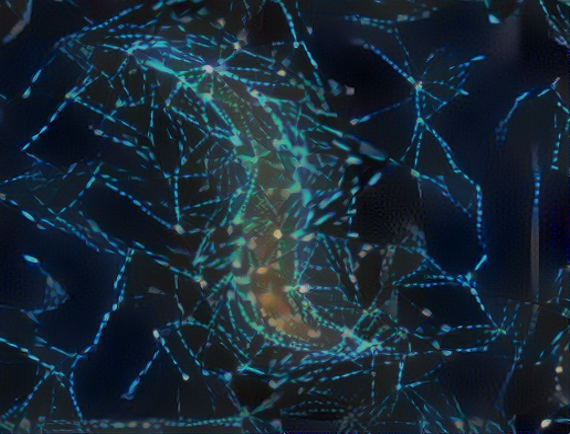
New machine learning tool diagnoses electron beams in an efficient, non-invasive way
For the past few years, researchers at the Department of Energy’s SLAC National Accelerator Laboratory have been developing “virtual diagnostics” that use machine learning to obtain crucial information about electron beam quality in an efficient, non-invasive way. Now, a new virtual diagnostic approach incorporates additional information about the beam that allows the method to work in situations where conventional diagnostics have failed.
Fermilab delivers final superconducting particle accelerator component for world’s most powerful laser
Fermilab gives a sendoff to the final superconducting component for the LCLS-II particle accelerator at SLAC National Accelerator Laboratory in California. LCLS-II will be the world’s brightest and fastest X-ray laser. A partnership of particle accelerator technology, materials science, cryogenics and energy science, LCLS-II exemplifies cross-disciplinary collaboration across DOE national laboratories.
U.S. Department of Energy Announces $18 Million to Advance Particle Accelerator Technologies and Workforce Training
he U.S. Department of Energy (DOE) today announced $18 million in new funding to advance particle accelerator technology, a critical tool for discovery sciences and optimizing the way we treat medical patients, manufacture electronics and clean energy technologies, and defend the nation against security threats.
Cheaper, greener particle accelerators will speed innovation
A team of scientists at the Center for Bright Beams (CBB) – a National Science Foundation Science and Technology Center led by Cornell University – are working on the next generation of superconducting materials that will greatly reduce the costs associated with operating large particle accelerators and lessen their environmental impact.
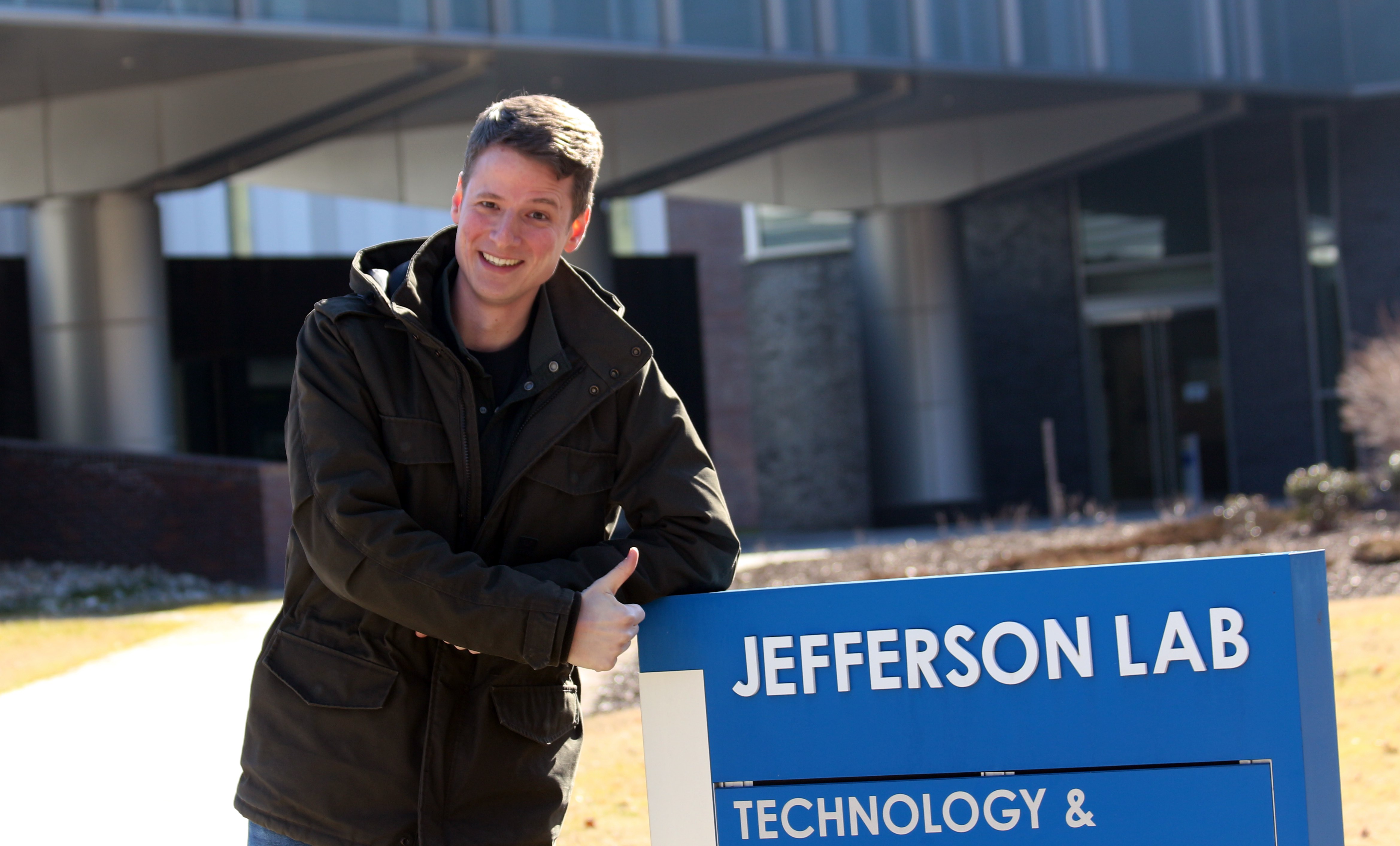
Research Fellow Turns to Accelerator Power for Wastewater Cleanup
In honor of Hermann Grunder, the founding director of Jefferson Lab, and his contributions to accelerator science, the lab recently established the Hermann Grunder Postdoctoral Fellowship in Accelerator Science. Now, the first Hermann Grunder fellow, John Vennekate, has started work. He said he hopes to follow in the footsteps of his fellowship’s namesake to continue blazing a new trail for practical applications of superconducting accelerators.
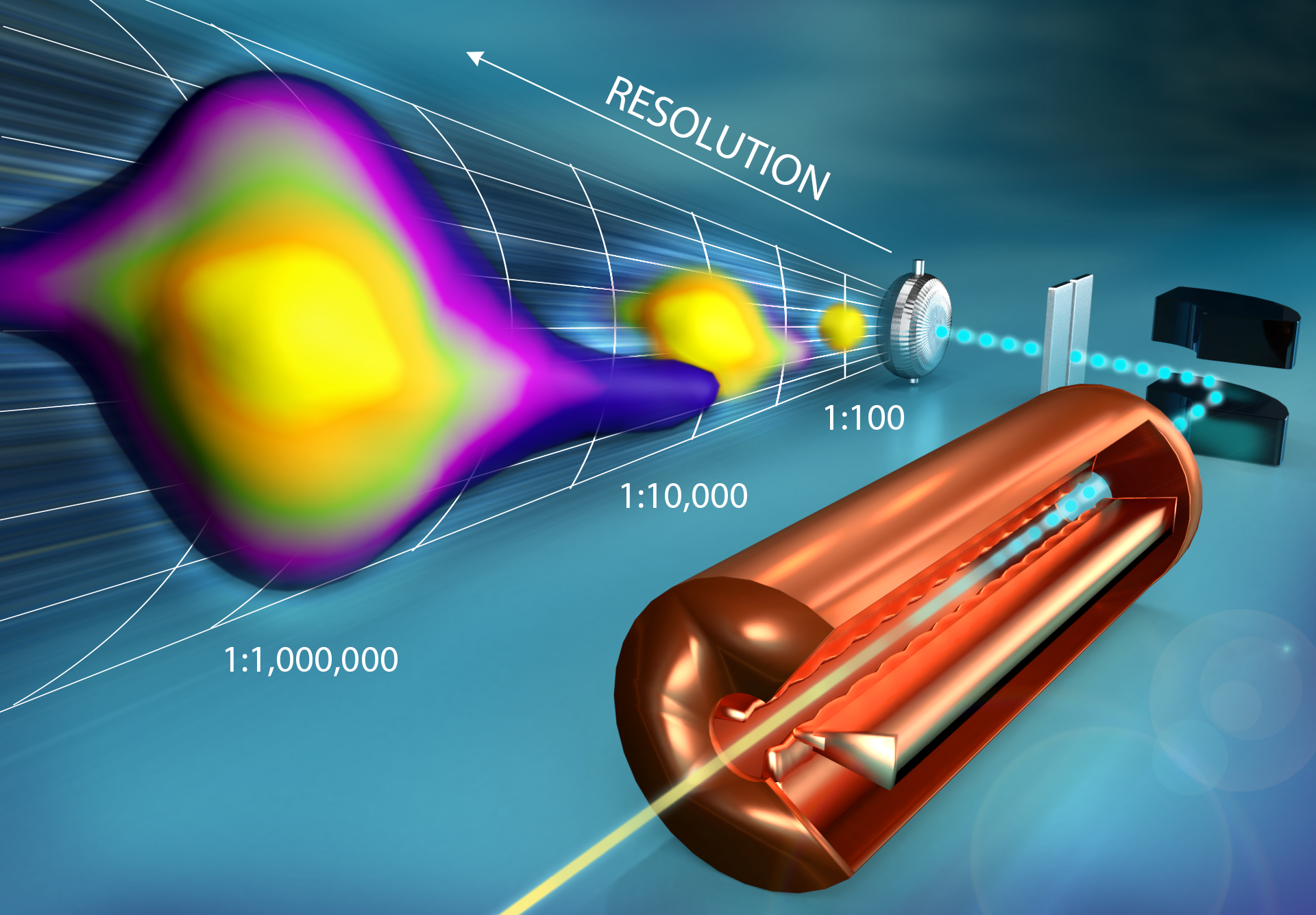
After 20 years, physicists find a way to keep track of lost accelerator particles
Physicists at Oak Ridge National Laboratory have developed a measurement technique to better understand beam loss—stray particles that travel outside the confinement fields of a particle accelerator. Mitigating beam loss is paramount to realizing more powerful accelerators at smaller scales and lower costs.
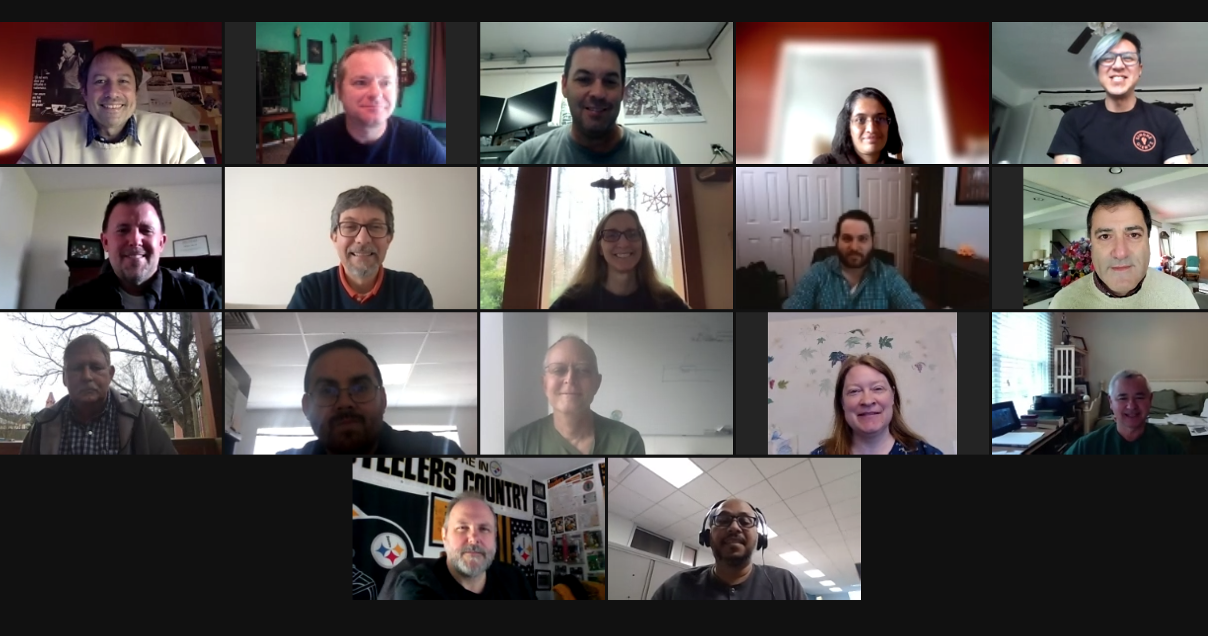
Remote-Working Team to Tame Electron Beams
A major injector upgrade at the U.S. Department of Energy’s Thomas Jefferson National Accelerator Facility was well underway early last year when the pandemic hit, throwing scientists and their long-anticipated project for a loop. Literally overnight, they had to leave their desks, control room and colleagues behind and rapidly learn how to work together from the confines of their own homes.
Dr. Nigel Smith appointed as next Director of TRIUMF
Dr. Nigel Smith has been selected to serve as the next Director of TRIUMF.
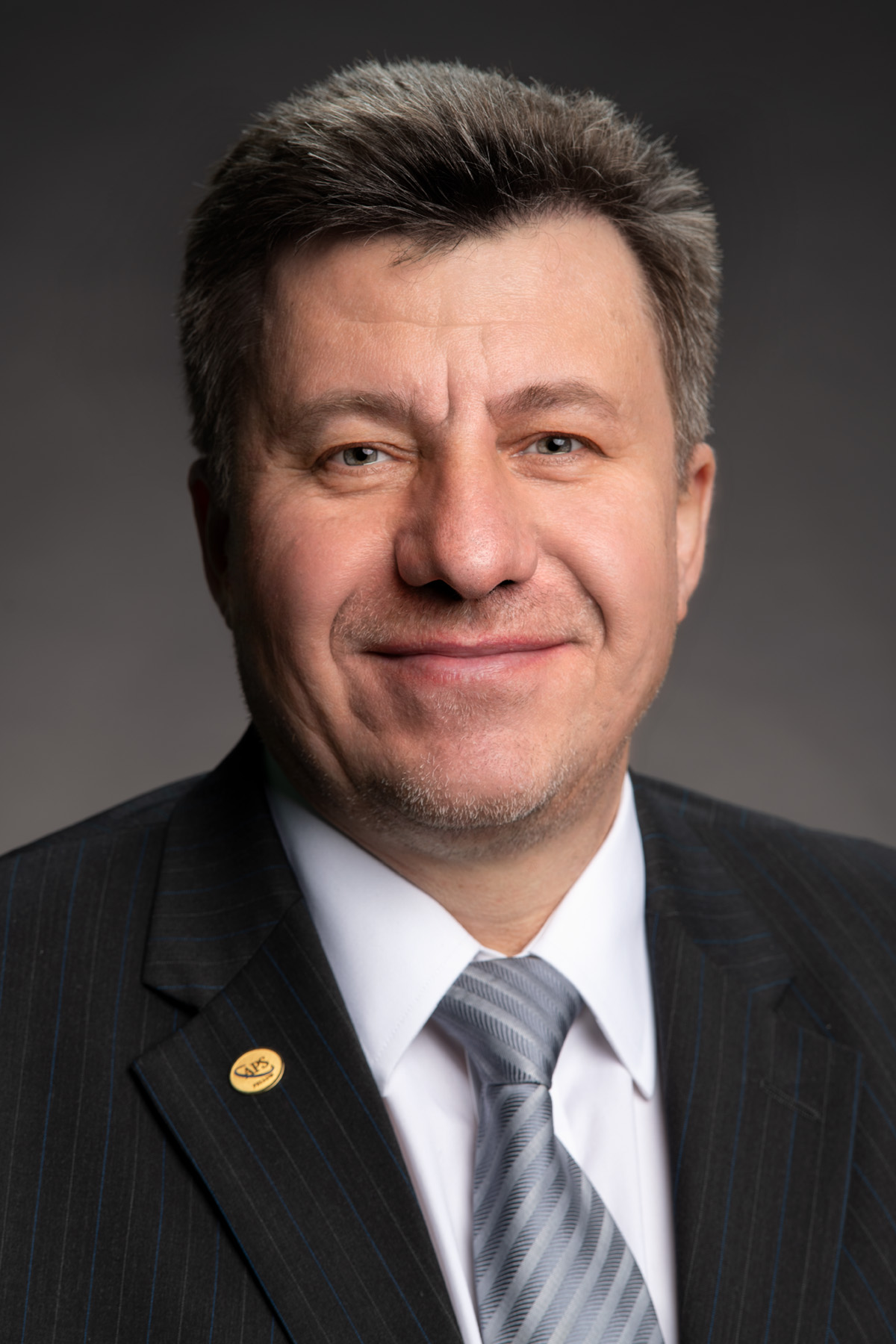
Fermilab scientist Vladimir Shiltsev elected to the Bologna Academy of Sciences
Well-known and appreciated by the scientific community for his work on beam physics and supercolliders, Shiltsev joins an organization whose membership included Marie Curie, Albert Einstein and Luigi Galvani.

Fermilab receives DOE award to develop machine learning for particle accelerators
Fermilab scientists and engineers are developing a machine learning platform to help run Fermilab’s accelerator complex alongside a fast-response machine learning application for accelerating particle beams. The programs will work in tandem to boost efficiency and energy conservation in Fermilab accelerators.
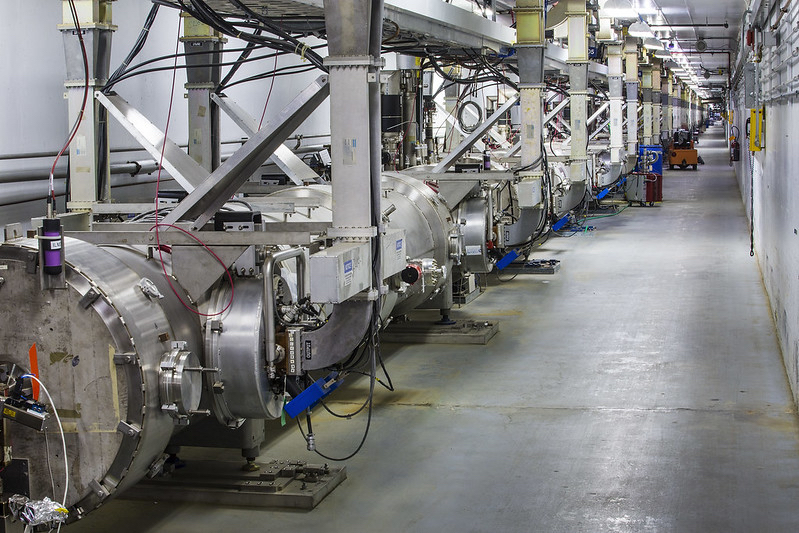
Machine Learning Improves Particle Accelerator Diagnostics
Operators of Jefferson Lab’s primary particle accelerator are getting a new tool to help them quickly address issues that can prevent it from running smoothly. The machine learning system has passed its first two-week test, correctly identifying glitchy accelerator components and the type of glitches they’re experiencing in near-real-time. An analysis of the results of the first field test of the custom-built machine learning system was recently published in the journal Physical Review Accelerators and Beams.
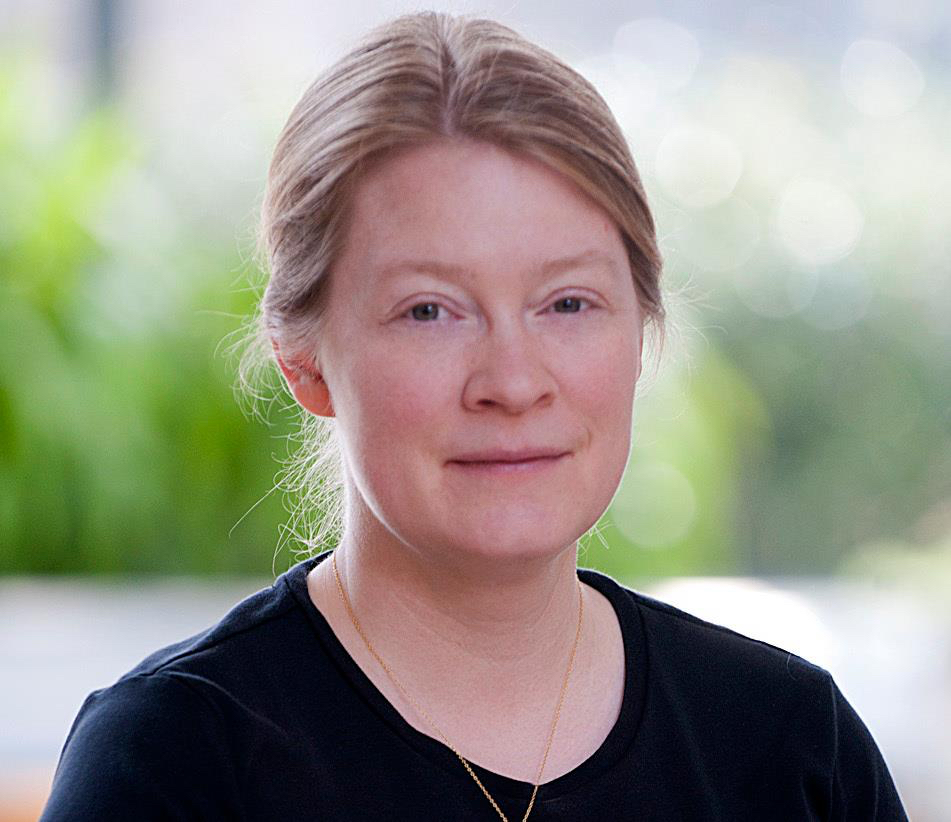
American Vacuum Society Honors Jefferson Lab Accelerator Scientist
Some of the most advanced work to enable research at the U.S. Department of Energy’s Thomas Jefferson National Accelerator Facility is focused on ensuring that nothing gets in the way of the electron beam produced for nuclear physics experiments. Now, one Jefferson Lab staff scientist is being honored for her work on producing ultra-high to extreme-high vacuum environments to do just that.
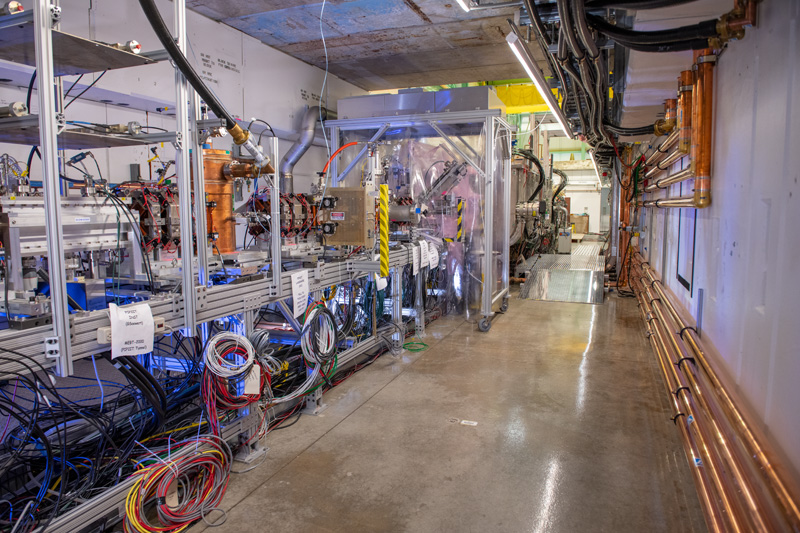
First beam accelerated in PIP-II cryomodules, ushering in new era of superconducting-accelerator operation at Fermilab
On Oct. 21, the PIP-II Injector Test Facility accelerated proton beam through its superconducting section for the first time.

Jonathan Jarvis wins prestigious DOE award for development of next-generation particle beam cooling and control
This award, totaling $2.5 million, will fund the development of a faster particle beam cooling method as well as the implementation of machine learning advancements to optimally control the system.
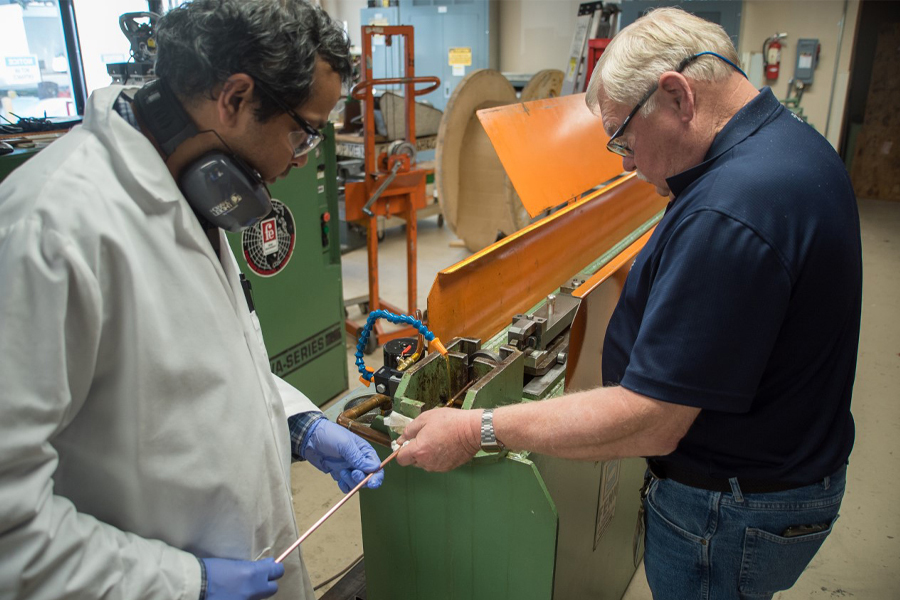
MagLab awarded $1.5M by U.S. Department of Energy to develop better superconductors
The U.S. Department of Energy awarded scientists at the Florida State University-headquartered National High Magnetic Field Laboratory $1.5 million to develop more efficient, robust superconductors that could lead to powerful particle accelerators and new discoveries about the universe.
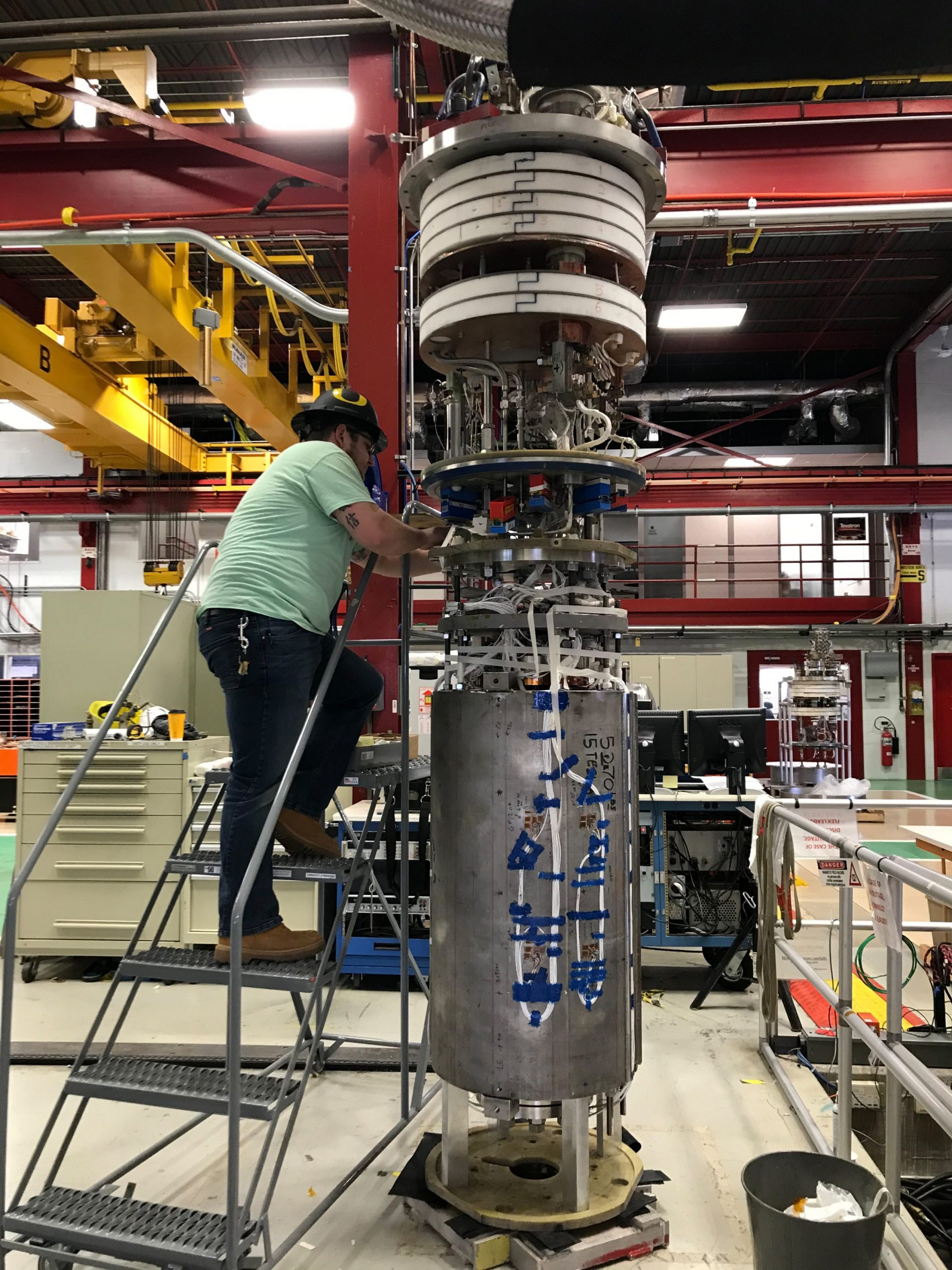
Fermilab achieves 14.5-tesla field for accelerator magnet, setting new world record
Fermilab scientists have broken their own world record for an accelerator magnet. In June, their demonstrator steering dipole magnet achieved a 14.5-tesla field, surpassing the field strength of their 14.1-tesla magnet, which set a record in 2019. This magnet test shows that scientists and engineers can meet the demanding requirements for the future particle collider under discussion in the particle physics community.
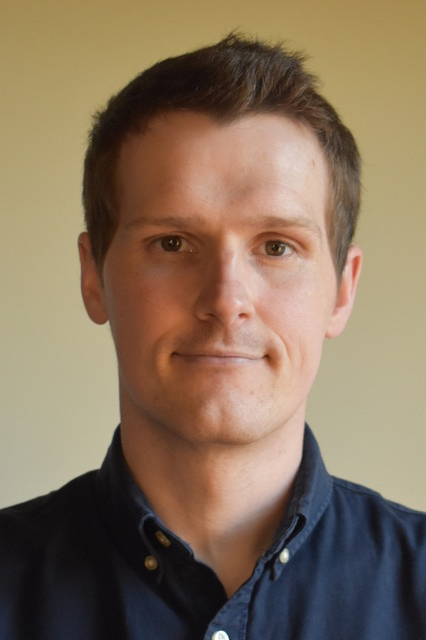
Three Fermilab scientists receive DOE Early Career Research Awards
The Department of Energy’s Office of Science has selected three Fermilab scientists to receive the 2020 DOE Early Career Research Award, now in its 11th year. The prestigious award is designed to bolster the nation’s scientific workforce by providing support to exceptional researchers during the crucial early years, when many scientists do their most formative work.
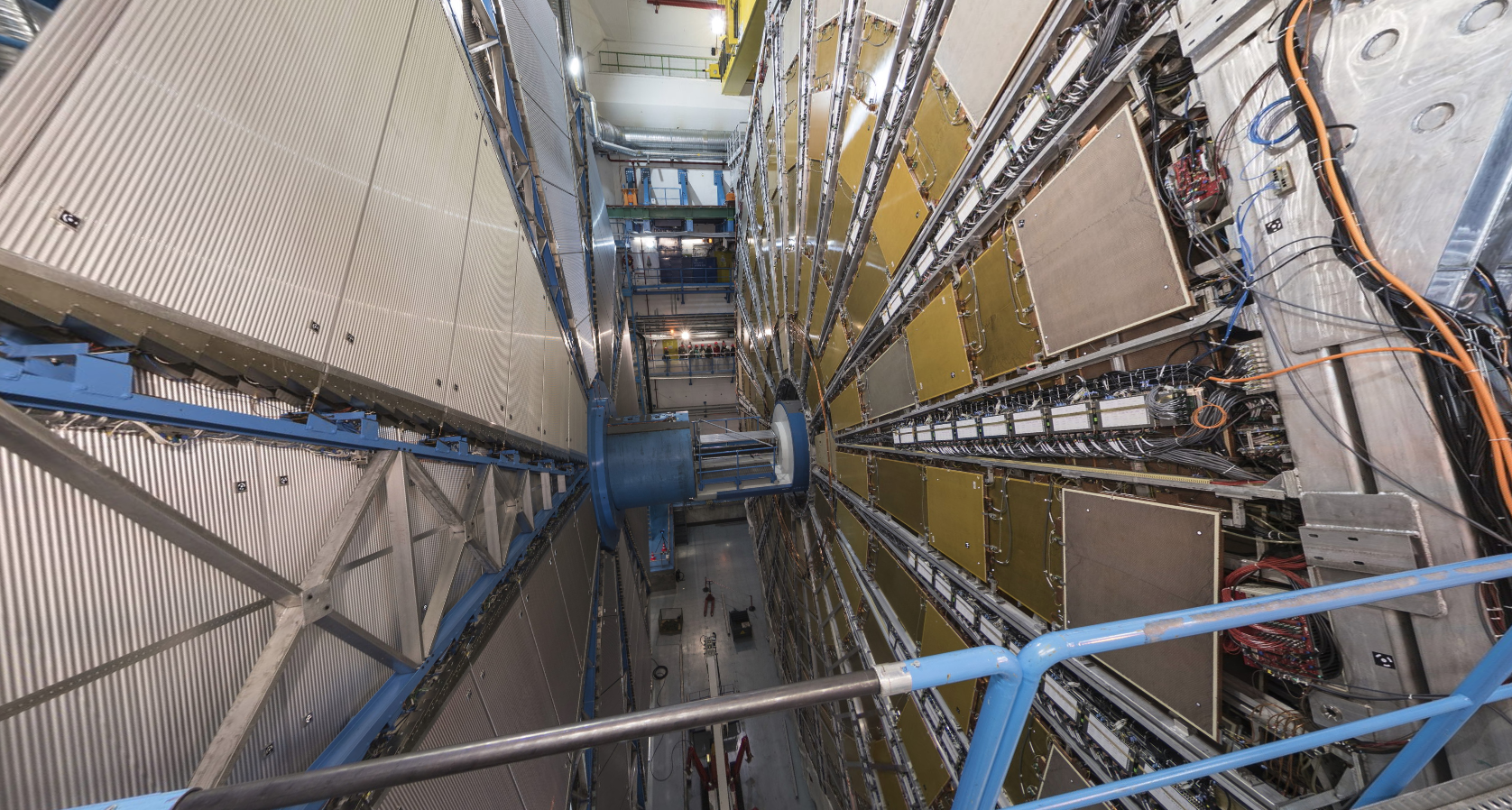
In International Physics Collaborations, Working Remotely Is Nothing New
Marjorie Shapiro, an experimental particle physicist and faculty senior scientist at Berkeley Lab, has been accustomed to working remotely and observing extreme social distancing from some colleagues for years, given that the scientific experiment she supports is 5,800 miles away.
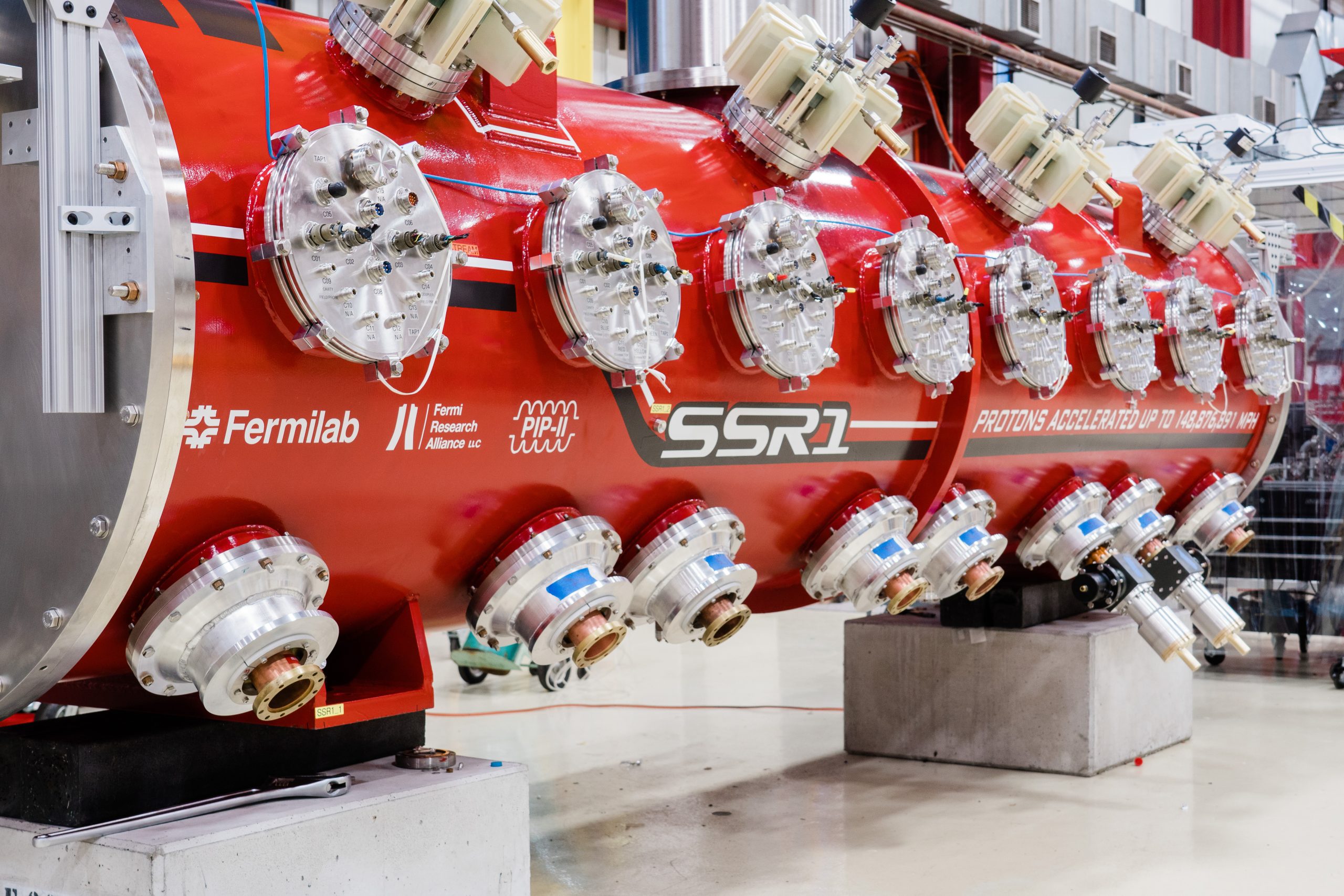
Accelerating science globally: PIP-II engineers continue designs for particle-propelling machine from home
Engineers from five countries are coordinating the design of the large cryomodules that will enable the new PIP-II accelerator at Fermilab to generate protons for the world’s most powerful beam of neutrinos, in support of the international Deep Underground Neutrino Experiment.
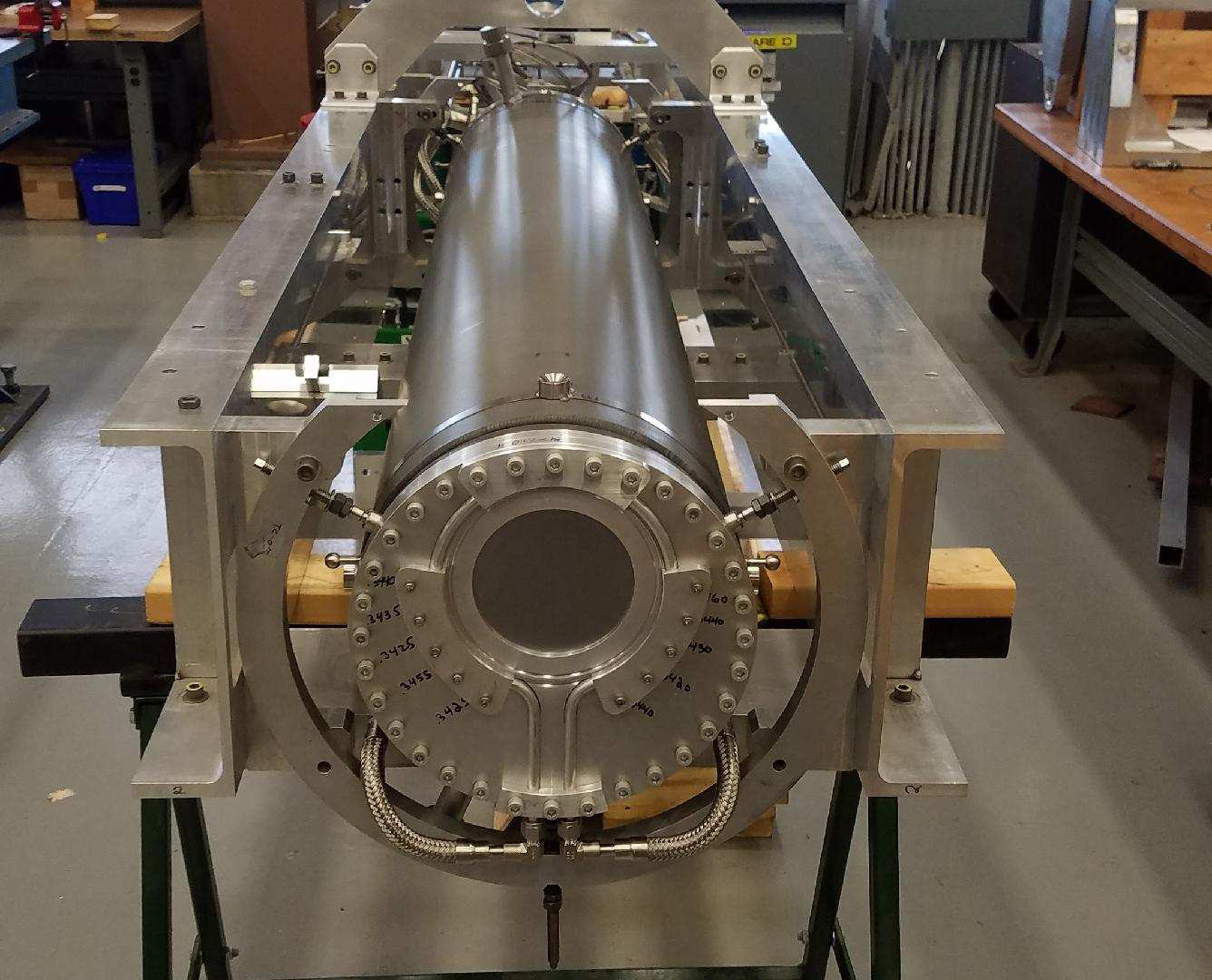
A window of opportunity: Physicists test titanium target windows for particle beam
Fermilab is upgrading its particle accelerators to generate high-intensity proton beams, which will pass through metallic “windows” and collide with a target. Researchers are testing the endurance of windows made of a titanium alloy, exposing samples to proton beams to see how the material performs.
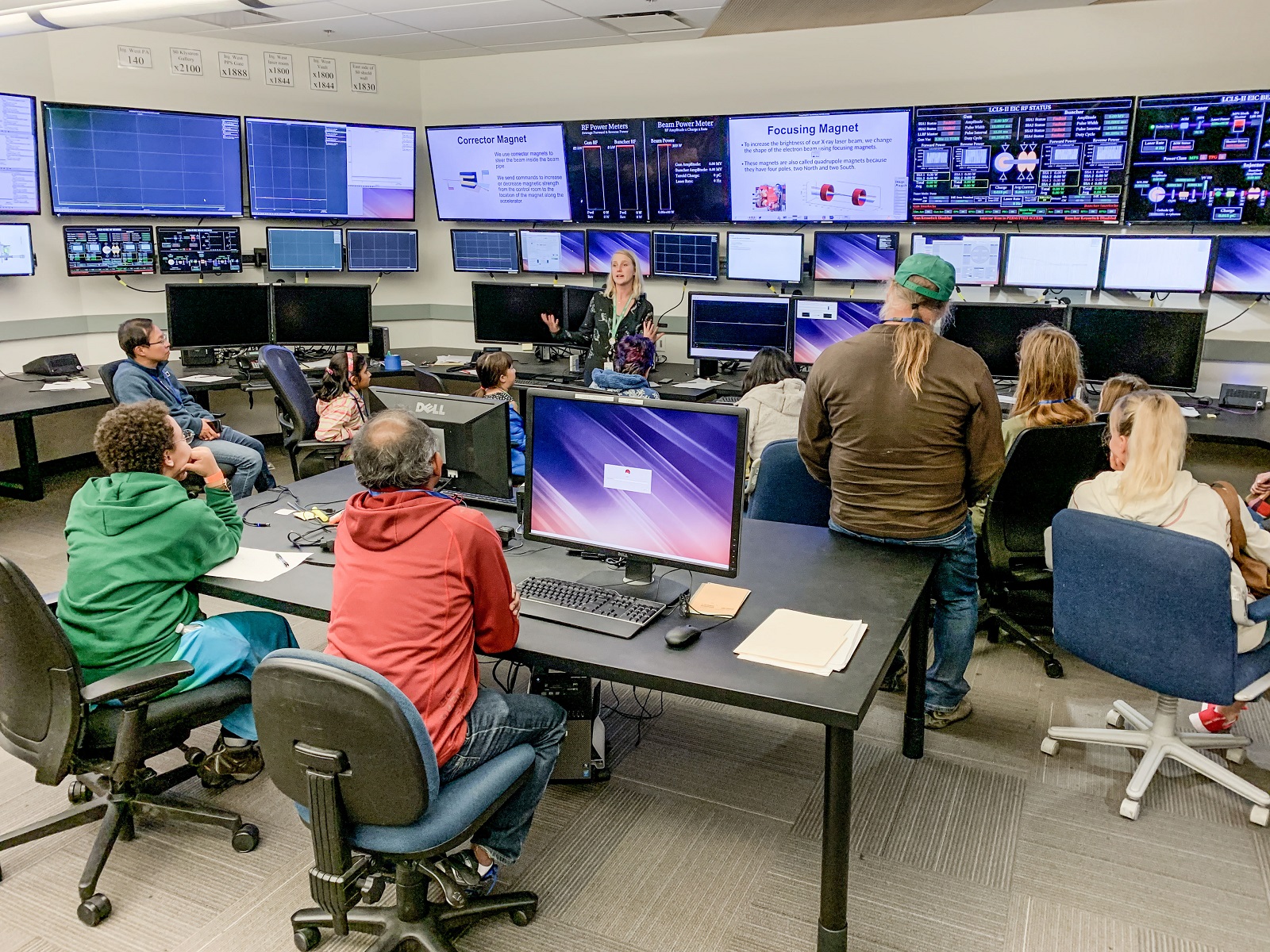
A new machine learning method streamlines particle accelerator operations
SLAC researchers have developed a new tool, using machine learning, that may make part of the accelerator tuning process five times faster compared to previous methods.